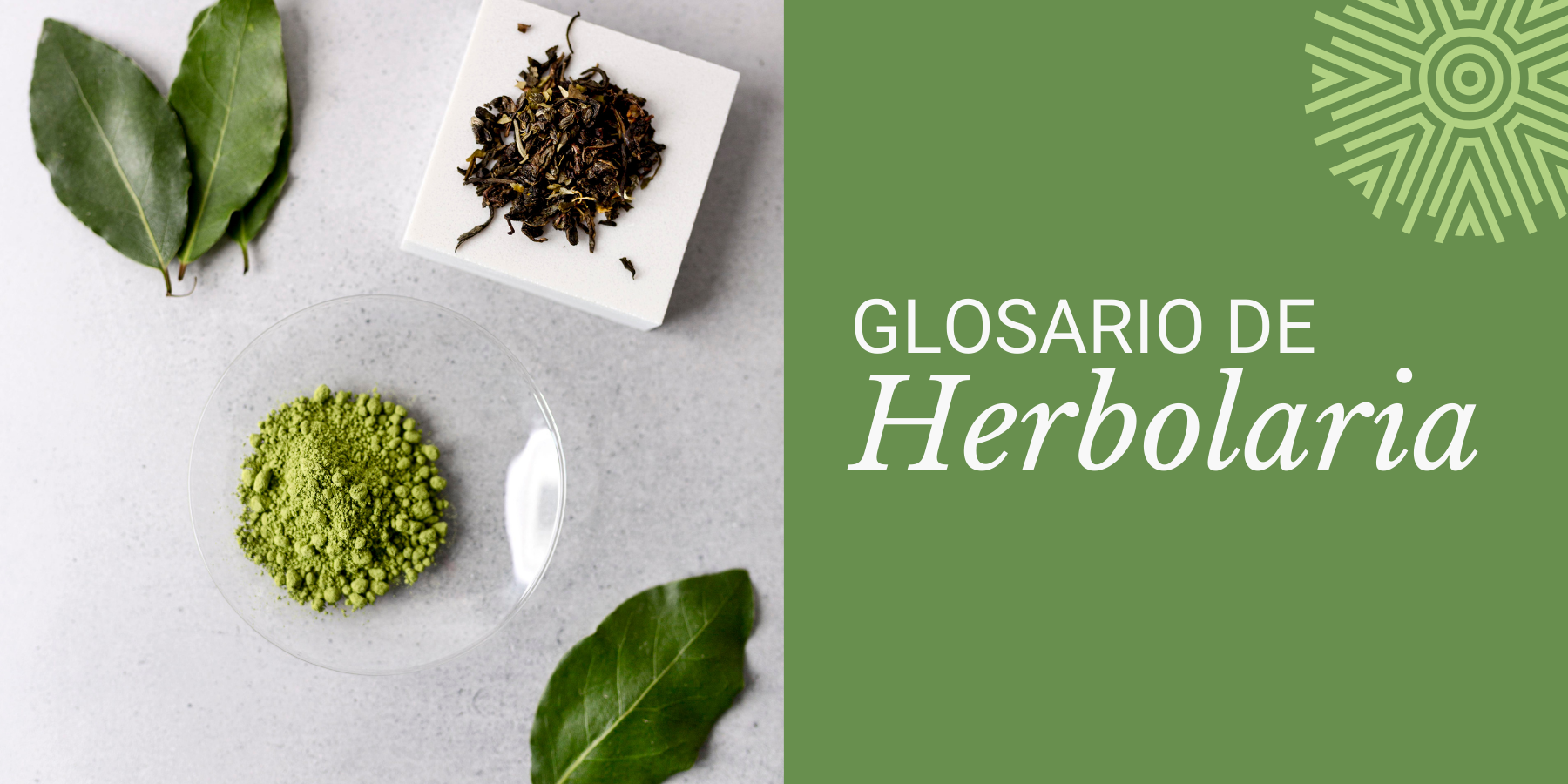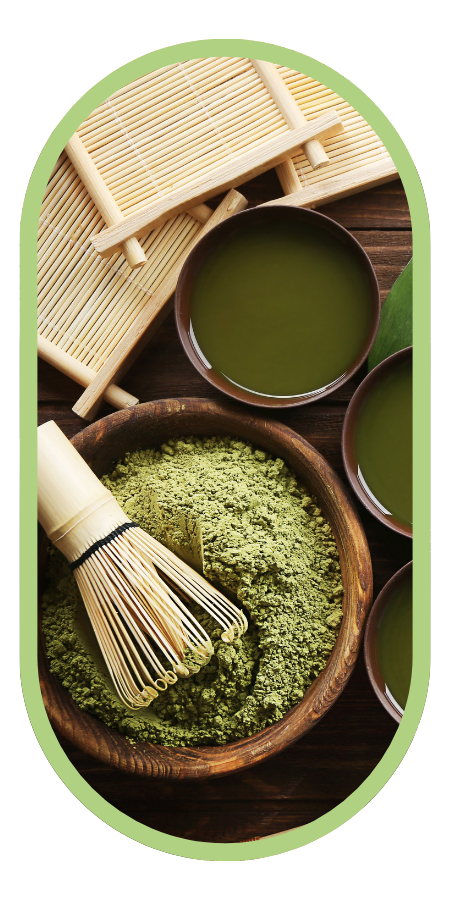


1 Li Q, Li J, Liu S, et al. A Comparative Proteomic Analysis of the Buds and the Young Expanding Leaves of the Tea Plant (Camellia sinensis L.). Int J Mol Sci. 2015;16(6):14007-38
2 Kaegi E. Unconventional therapies for cancer: 2. Green tea. The Task Force on Alternative Therapies of the Canadian Breast Cancer Research Initiative. CMAJ 1998;158:1033-5.
3 Kuriyama S, Shimazu T, Ohmori K, et al. Green tea consumption and mortality due to cardiovascular disease, cancer, and all-cause mortality. JAMA 2006;296:1255-65.
4 Kuriyama, S. The relation between green tea consumption and cardiovascular disease as evidenced by epidemiological studies. J Nutr. 2008;138(8):1548S-1553S.
5 Maron DJ, Lu GP, Cai NS, et al. Cholesterol-lowering effect of a theaflavin-enriched green tea extract: a randomized controlled trial. Arch Intern Med 2003;163:1448-53.
6 Zheng XX, Xu YL, Li SH, et al. Green tea intake lowers fasting serum total and LDL cholesterol in adults: a meta-analysis of 14 randomized controlled trials. Am.J.Clin.Nutr. 2011;94:601-610.
7 Kim A, Chiu A, Barone MK, et al. Green tea catechins decrease total and low-density lipoprotein cholesterol: a systematic review and meta-analysis. J.Am.Diet.Assoc. 2011;111:1720-1729.
8 Basu, A., Du, M., Sanchez, K., Leyva, M. J., Betts, N. M., Blevins, S., Wu, M., Aston, C. E., and Lyons, T. J. Green tea minimally affects biomarkers of inflammation in obese subjects with metabolic syndrome. Nutrition 2011;27(2):206-213.
9 Sakurai K, Shen C, Ezaki Y, et al. Effects of matcha green tea powder on cognitive functions of community-dwelling elderly individuals. Nutrients. 2020;12(12):3639.
10 Baba Y, Inagaki S, Nakagawa S, Kobayashi M, Kaneko T, Takihara T. Effects of daily matcha and caffeine intake on mild acute psychological stress-related cognitive function in middle-aged and older adults: A randomized placebo-controlled study. Nutrients
11 Ichinose, T., Nomura, S., Someya, Y., Akimoto, S., Tachiyashiki, K., and Imaizumi, K. Effect of endurance training supplemented with green tea extract on substrate metabolism during exercise in humans. Scand.J Med Sci.Sports 3-10-2010.
12 Liu X, Xu W, Cai H, et al. Green tea consumption and risk of type 2 diabetes in Chinese adults: the Shanghai Women's Health Study and the Shanghai Men's Health Study. Int J Epidemiol. 2018;47(6):1887-1896.
13 Yang YC, Lu FH, Wu JS, et al. The protective effect of habitual tea consumption on hypertension. Arch Intern Med 2004 26;164:1534-4.